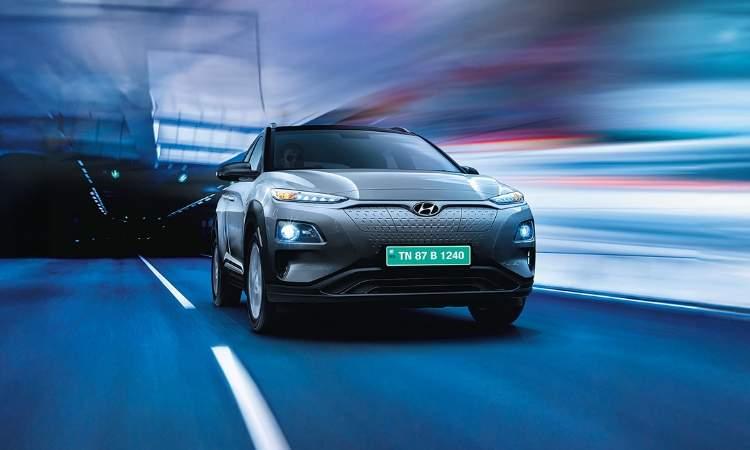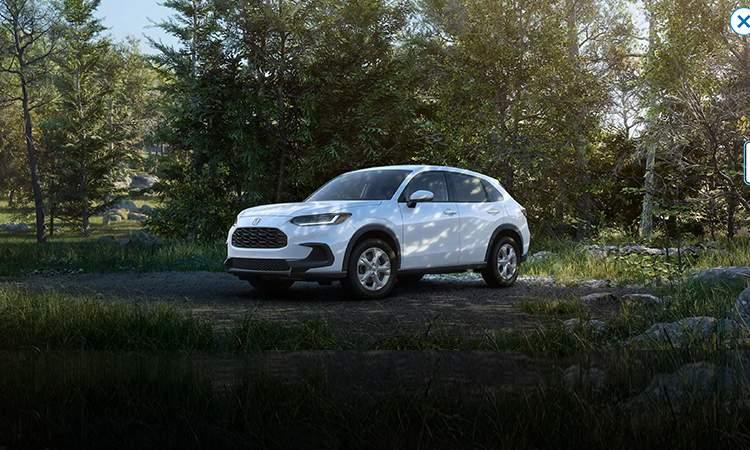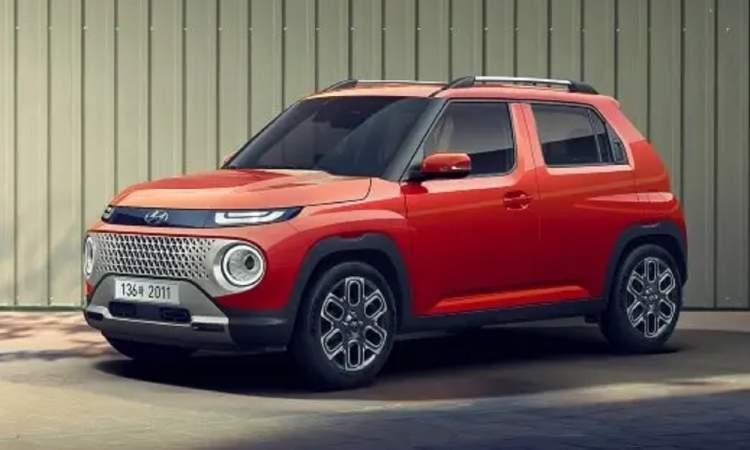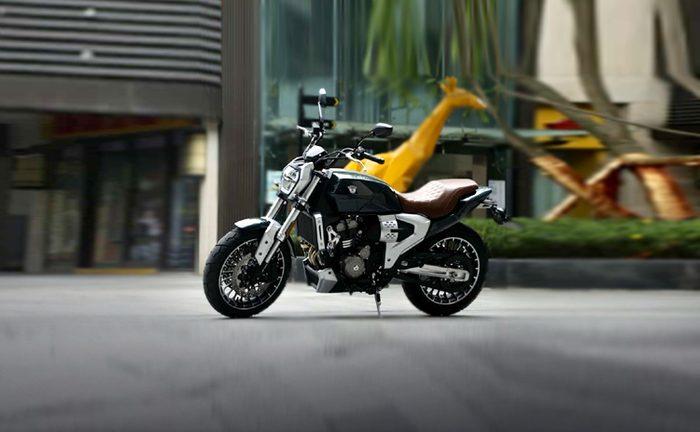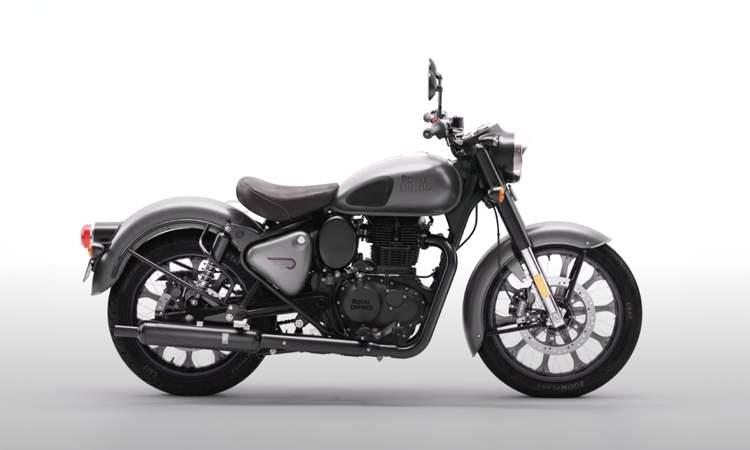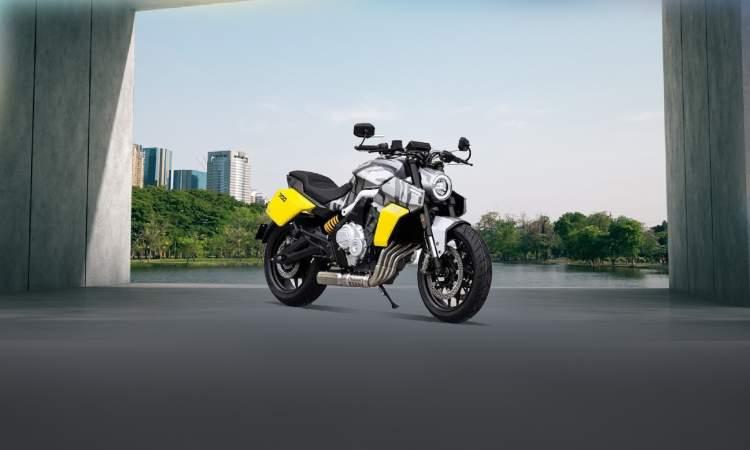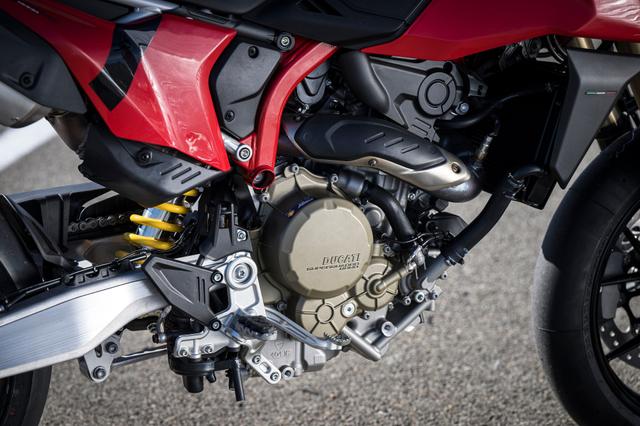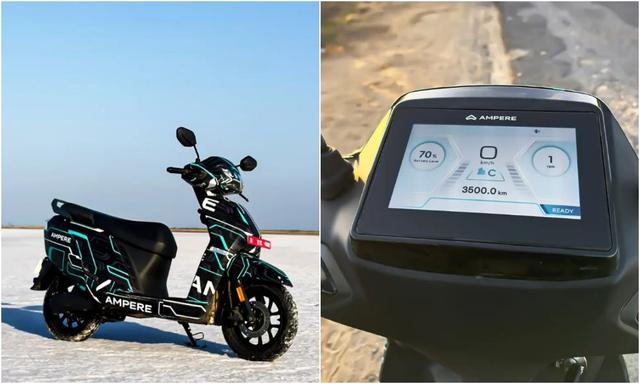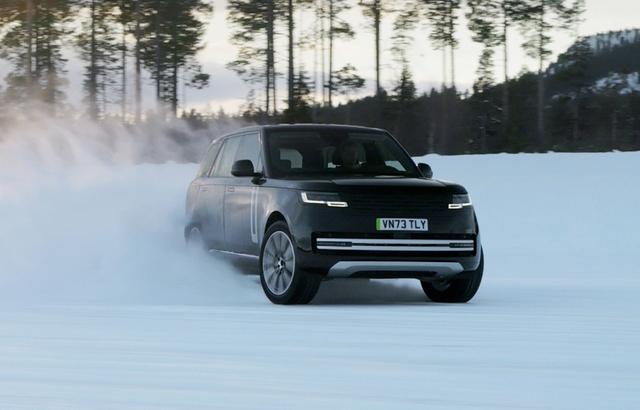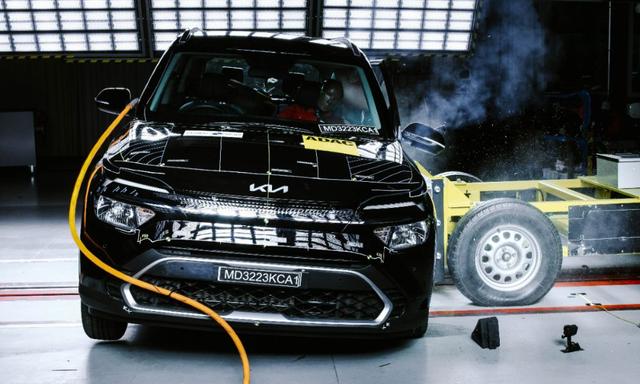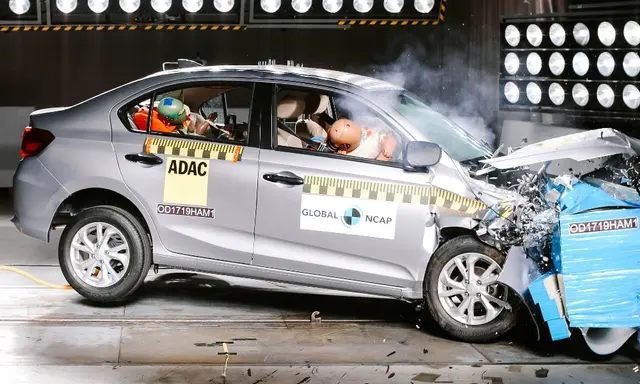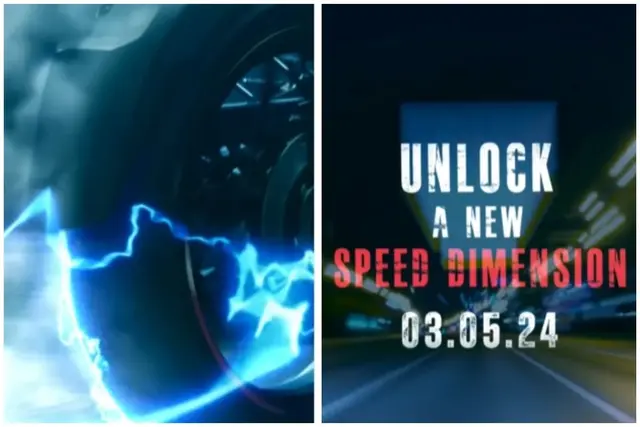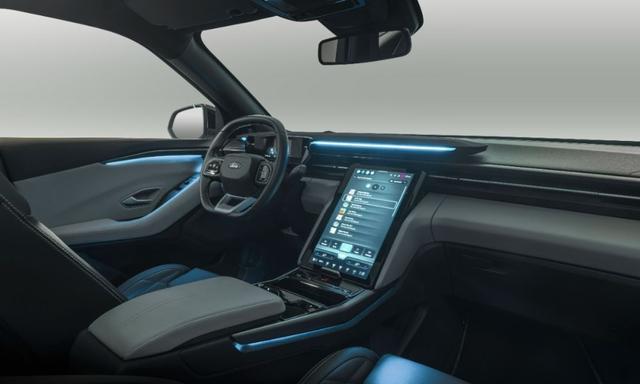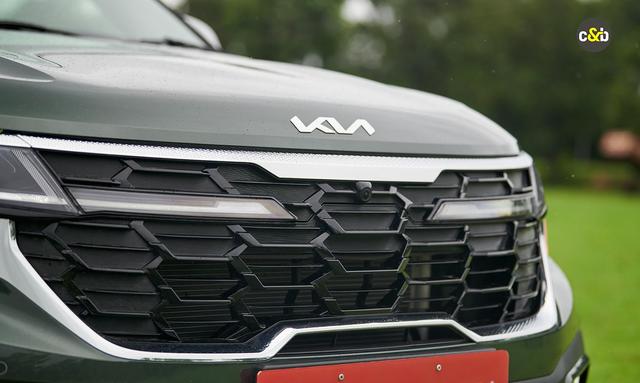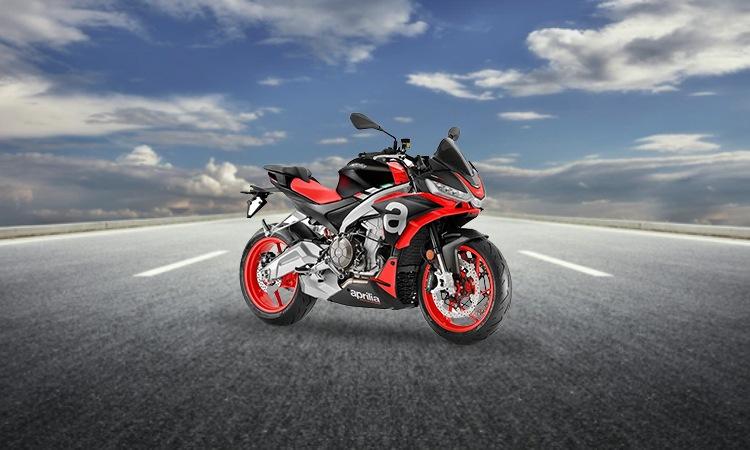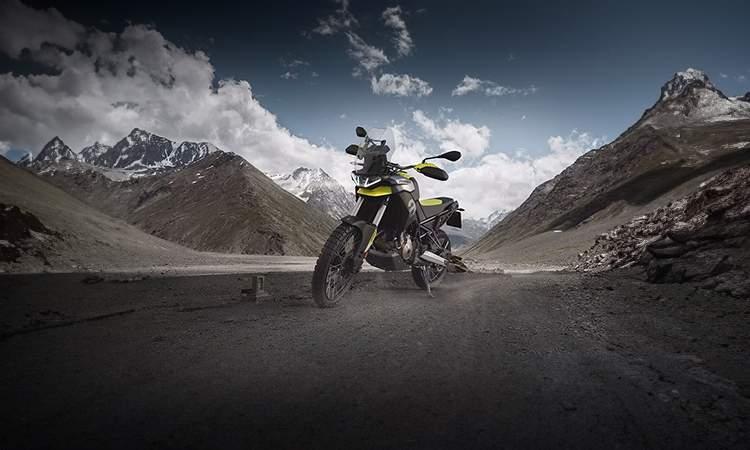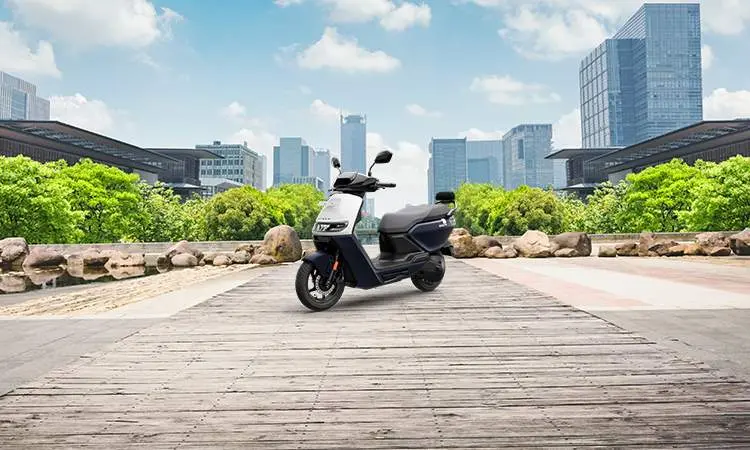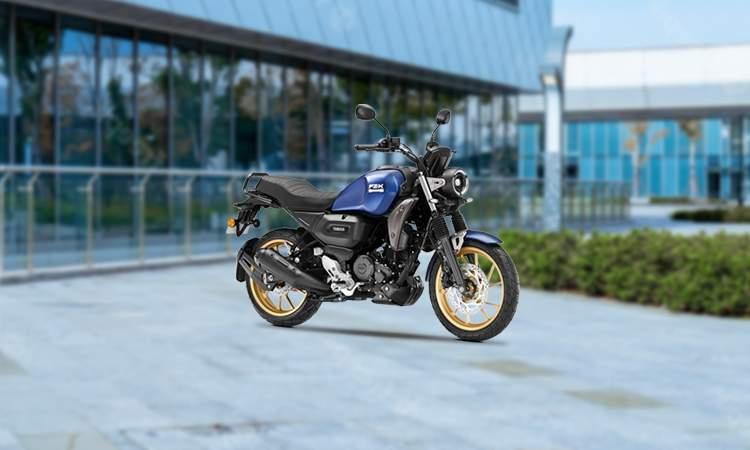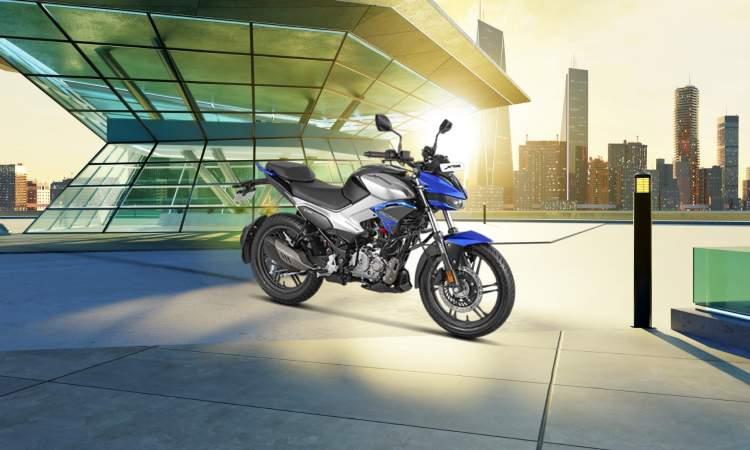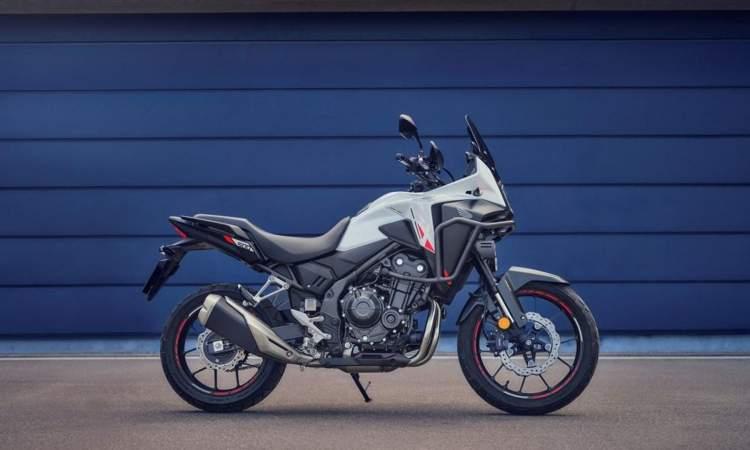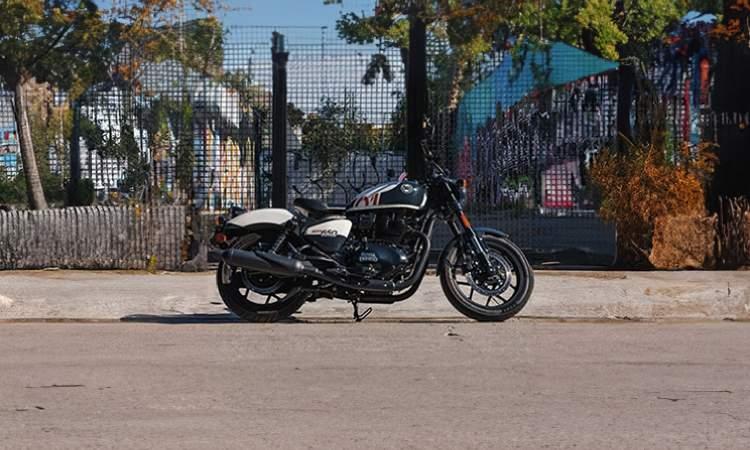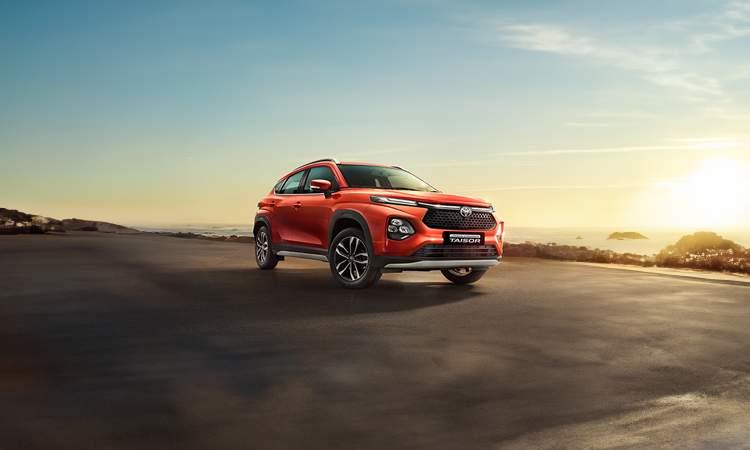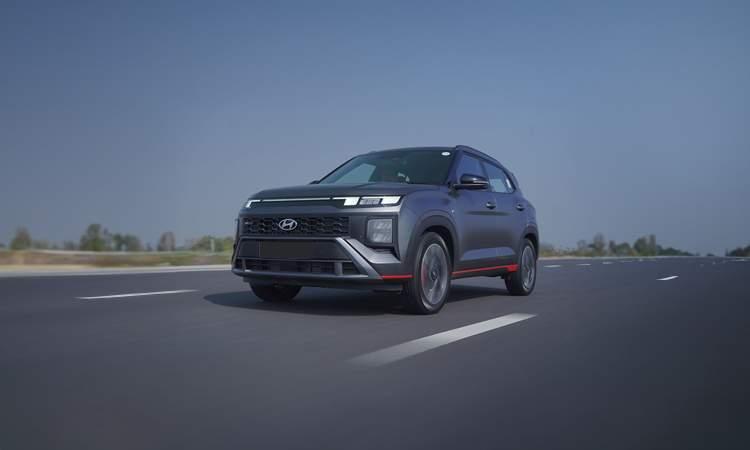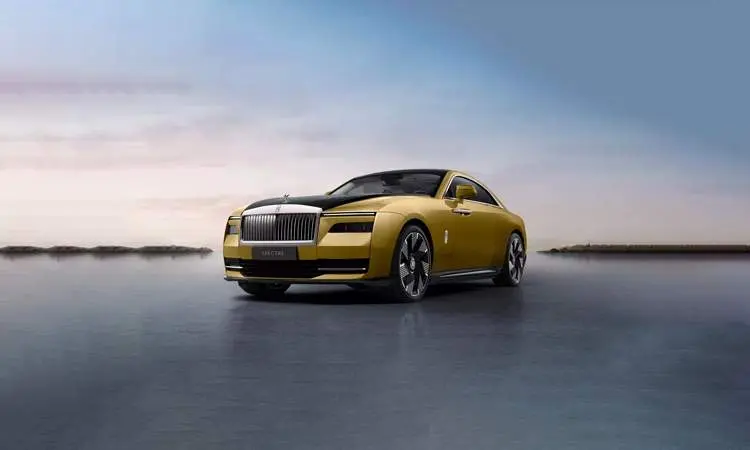Mastering The Drift: Understeer Vs. Oversteer

Highlights
- Both the concepts have much to do with traction.
- They can be dangerous and lead to accidents.
- Understeer or oversteer depends on front-wheel-drive or rear-wheel-drive
Every car is built differently. That means every car's handling, traction, and dynamics is different. What it also means is that all cars have the possibility of understeering and oversteering. What are those concepts, you ask? We'll be describing them to you in detail but for now, what you must know is that they can lead to some really serious accidents if you don't know how to deal with them. What's also true is that people who do understand these concepts and become experts of them can take to drifting, which is a form of showing off or even racing. But that's not the topic of discussion here. Let us give you a detailed insight into the concept of understeer and oversteer.

Photo Credit: images.pexels.com
What do both mean?
Both understeering and oversteering are caused when a particular set of your car's wheels loses grip with the road. When the front wheels lose grip, they cause understeer, which means you have trouble getting the car to turn in the direction you want. When the rear tyres on rear-wheel-drive vehicles lose grip, they cause oversteer, which means the car keeps turning in a particular direction even when the driver doesn't intend it to.
How to correct understeer?

Photo Credit: cdn.pixabay.com
Understeering typically takes place on ice-covered roads or other slippery surfaces. It can also occur when the vehicle is driving at really high speeds and loses grip on the surface. The first thing to remember when you're met with understeering is to not toy with the steering wheel or your car may get out of control. As for what you should do, start with reducing the speed of your car gradually. Take your foot off the accelerator and start braking slowly and elegantly. As your car slows down, it will start gaining traction again and that will make it easier for you to steer clear of any obstacle on the road.
How to correct oversteer?

Photo Credit: cdn.pixabay.com
When a car is oversteering, it's in the peculiar position where the rear end wants to overtake the front during cornering. Rear-wheel-drive cars are easy to oversteer. Just pressing the accelerator and turning sharply on a corner can cause a vehicle to oversteer. The same effect can also be achieved when you hit the brakes too hard into a corner or by completely coming off the brakes during a sharp turn. If you're in such a situation involuntarily, you must remember the process called CPR (Correct, Pause, Recover). To correct means to turn the steering wheel in the direction the car is sliding towards. This will then lead to the vehicle rotating and eventually slowing down or coming to a complete stop. In other words, there is a pause in the rotation. Following this, the rear tyres will regain grip and that's when your vehicle can recover from its oversteer.
Despite the fact that you know both the concepts and how to overcome them, you must still be careful enough to avoid getting into situations where your car may understeer or oversteer.
Great Deals on Used Cars
View All Used Cars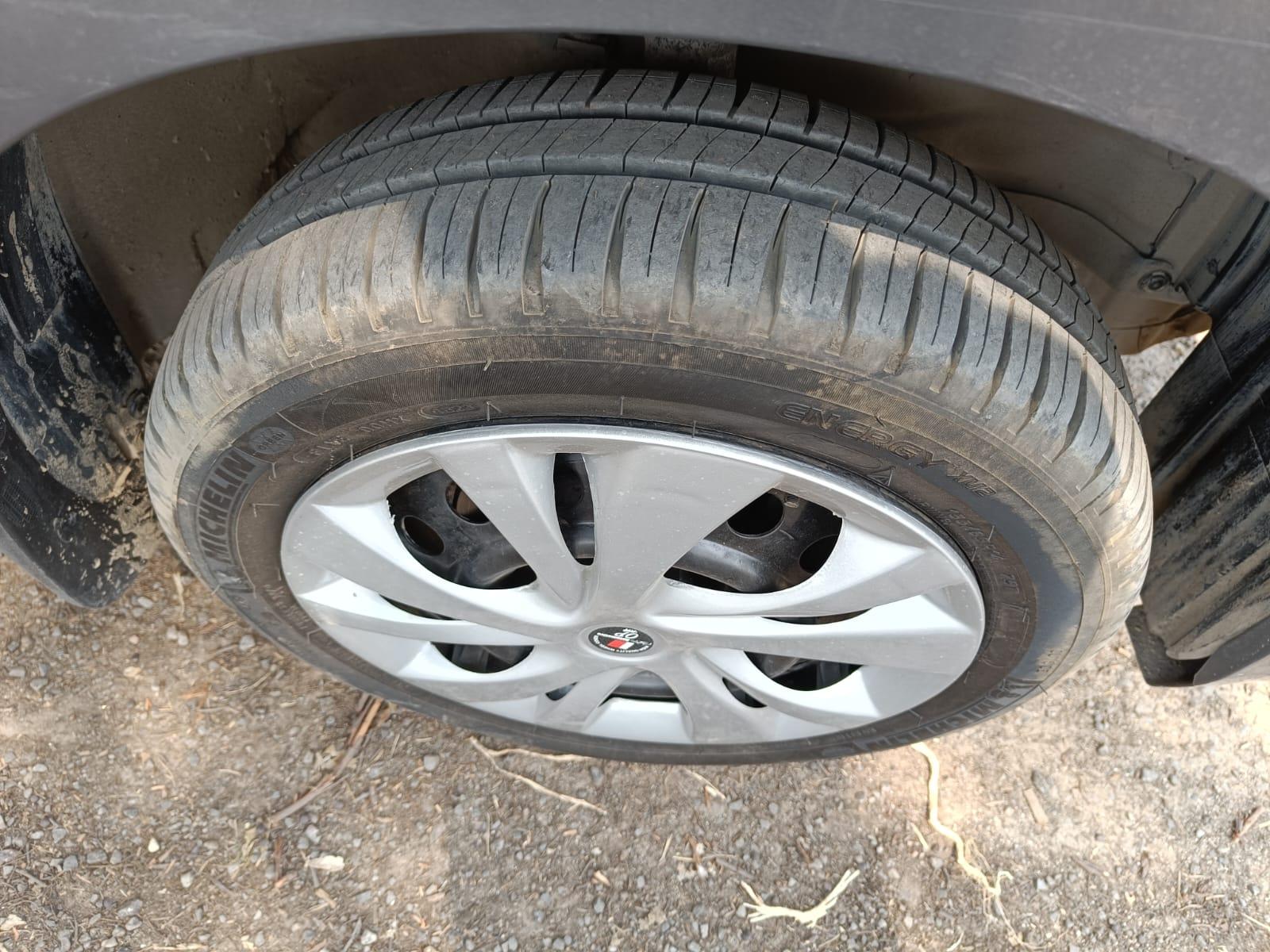
- 46,324 km
- Petrol
- AMT

- 35,000 km
- Petrol+CNG
- Manual
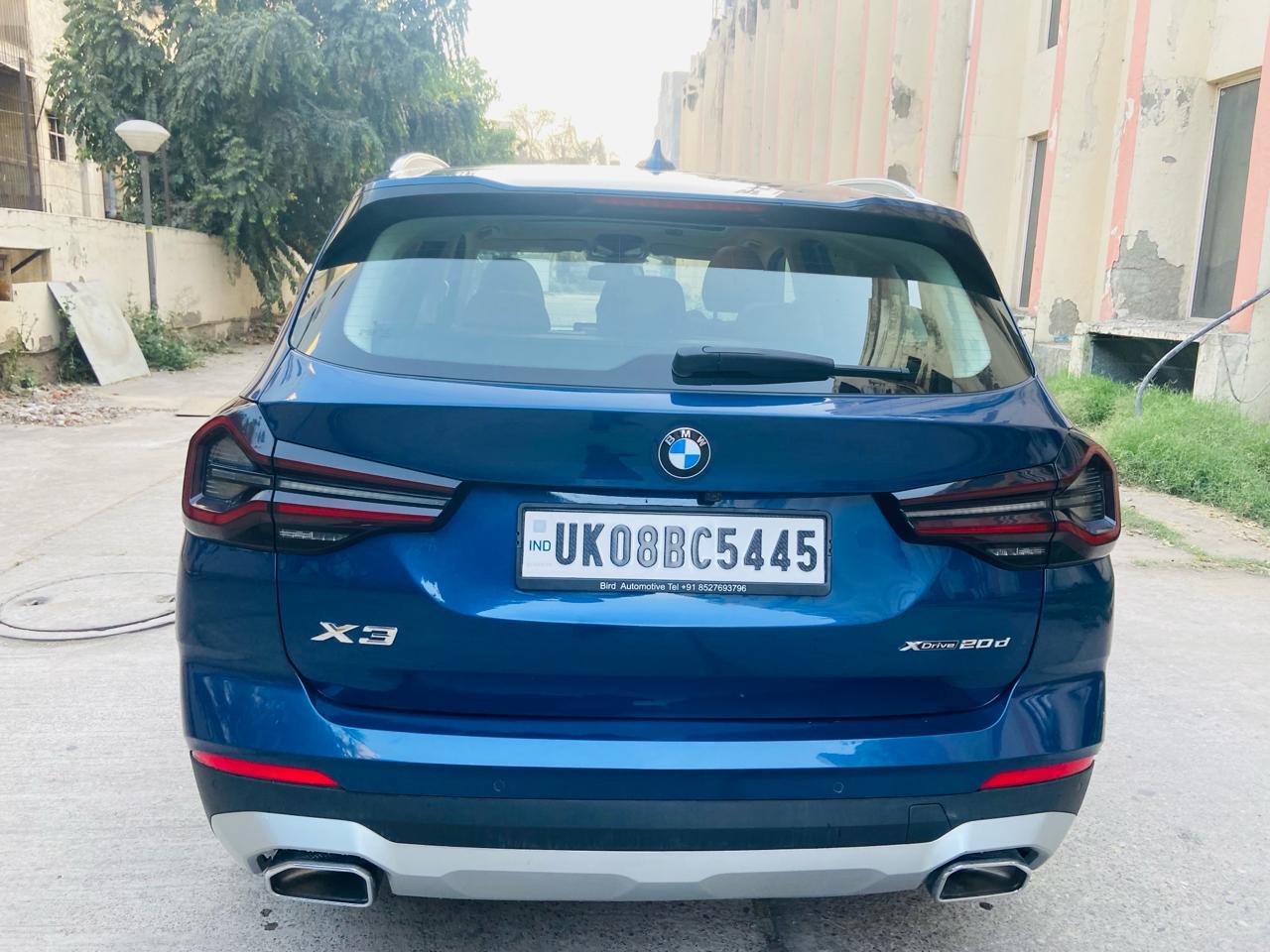
- 19,000 km
- Diesel
- Automatic
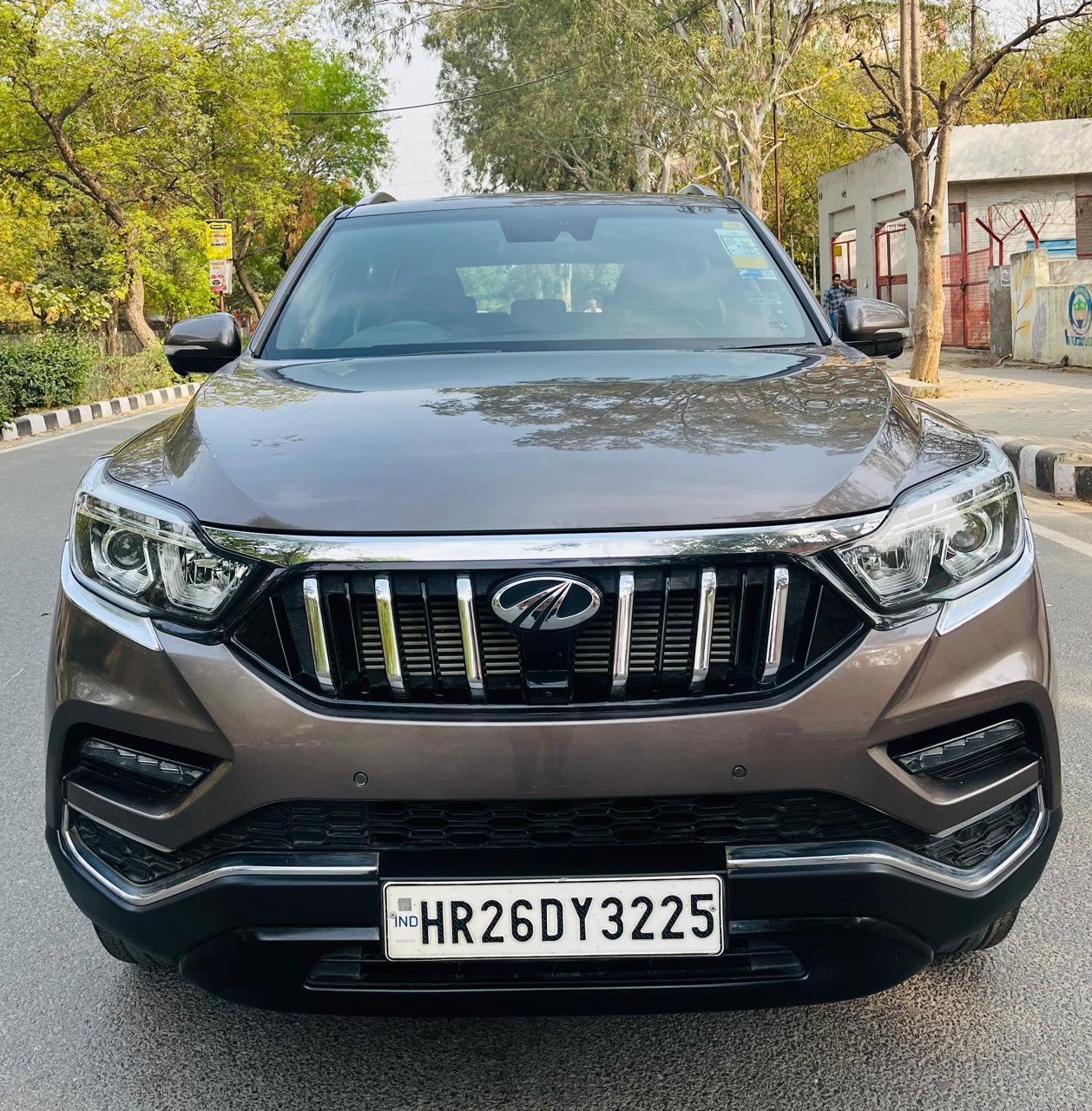
- 16,178 km
- Diesel
- Automatic
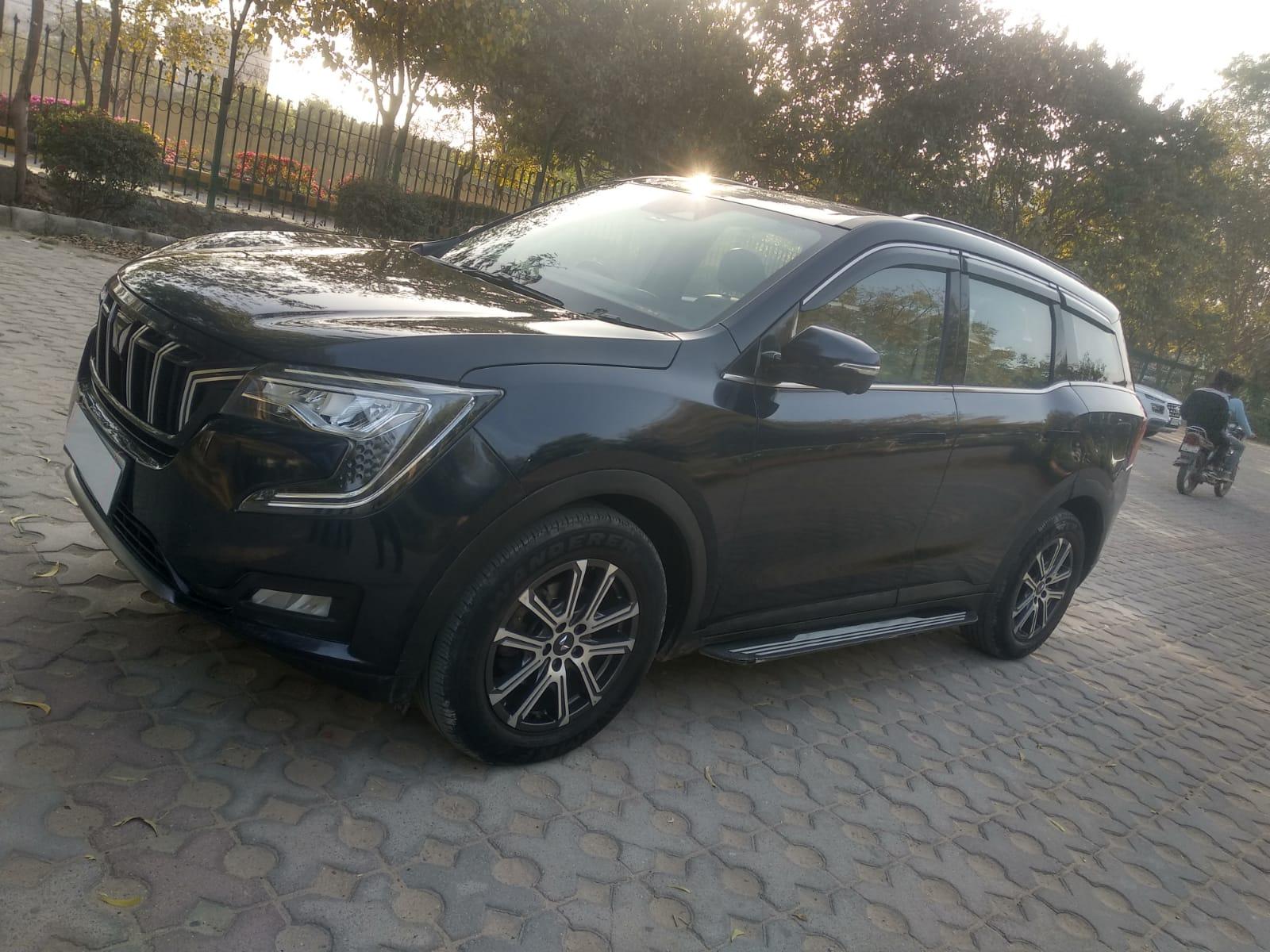
- 29,070 km
- Diesel
- Manual
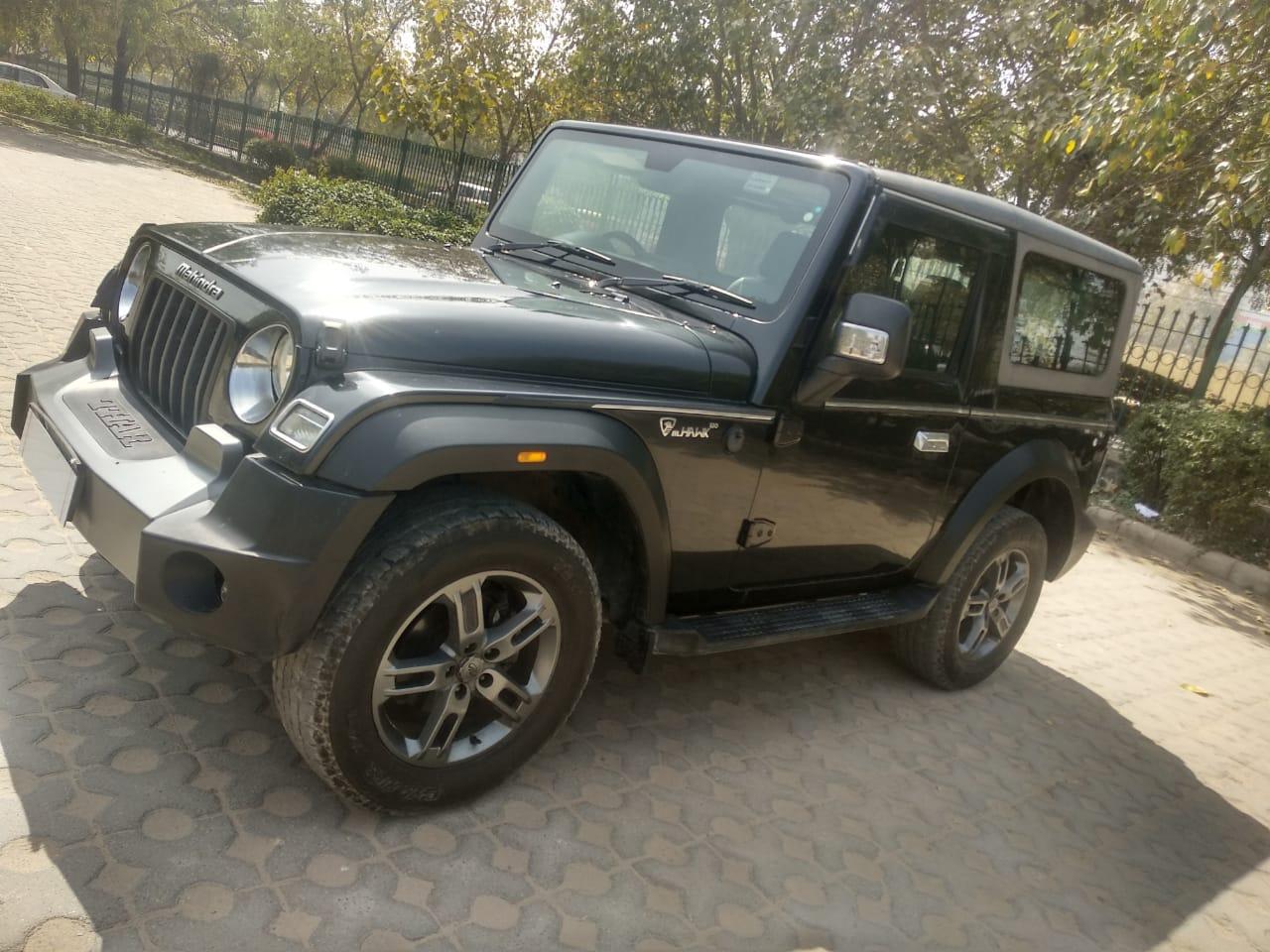
- 19,398 km
- Diesel
- Manual
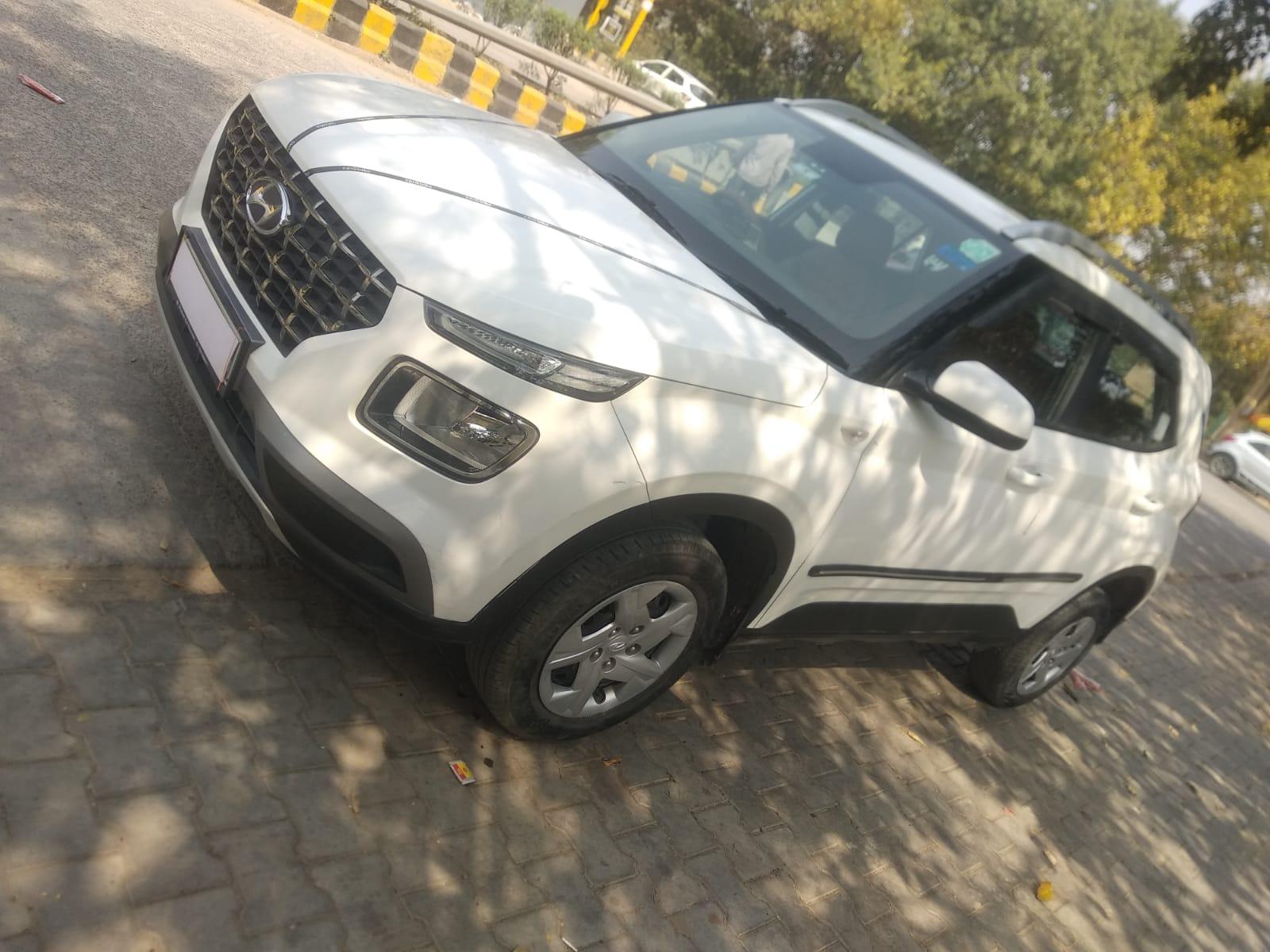
- 13,870 km
- Petrol
- Manual
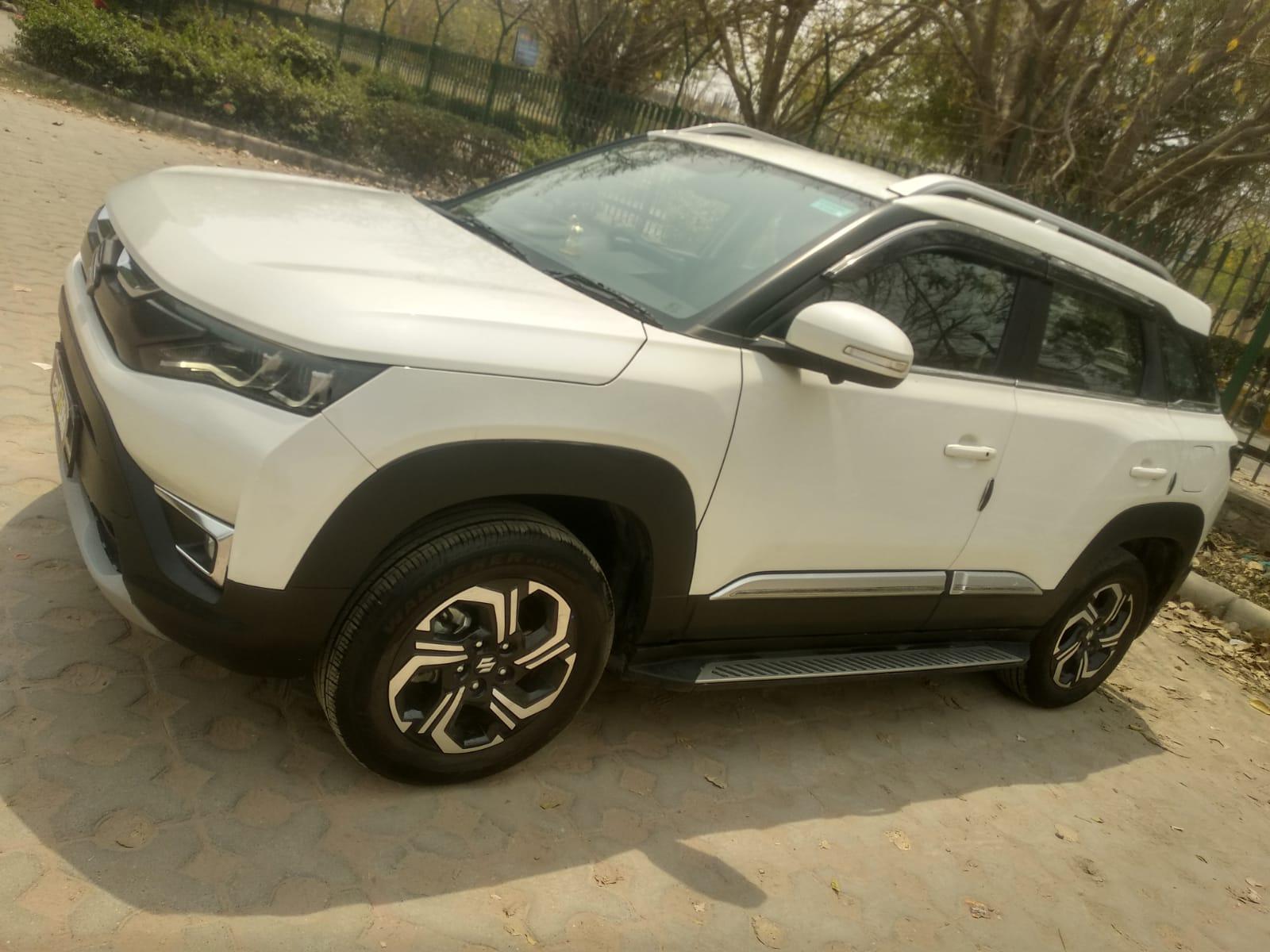
- 5,903 km
- Petrol
- Manual
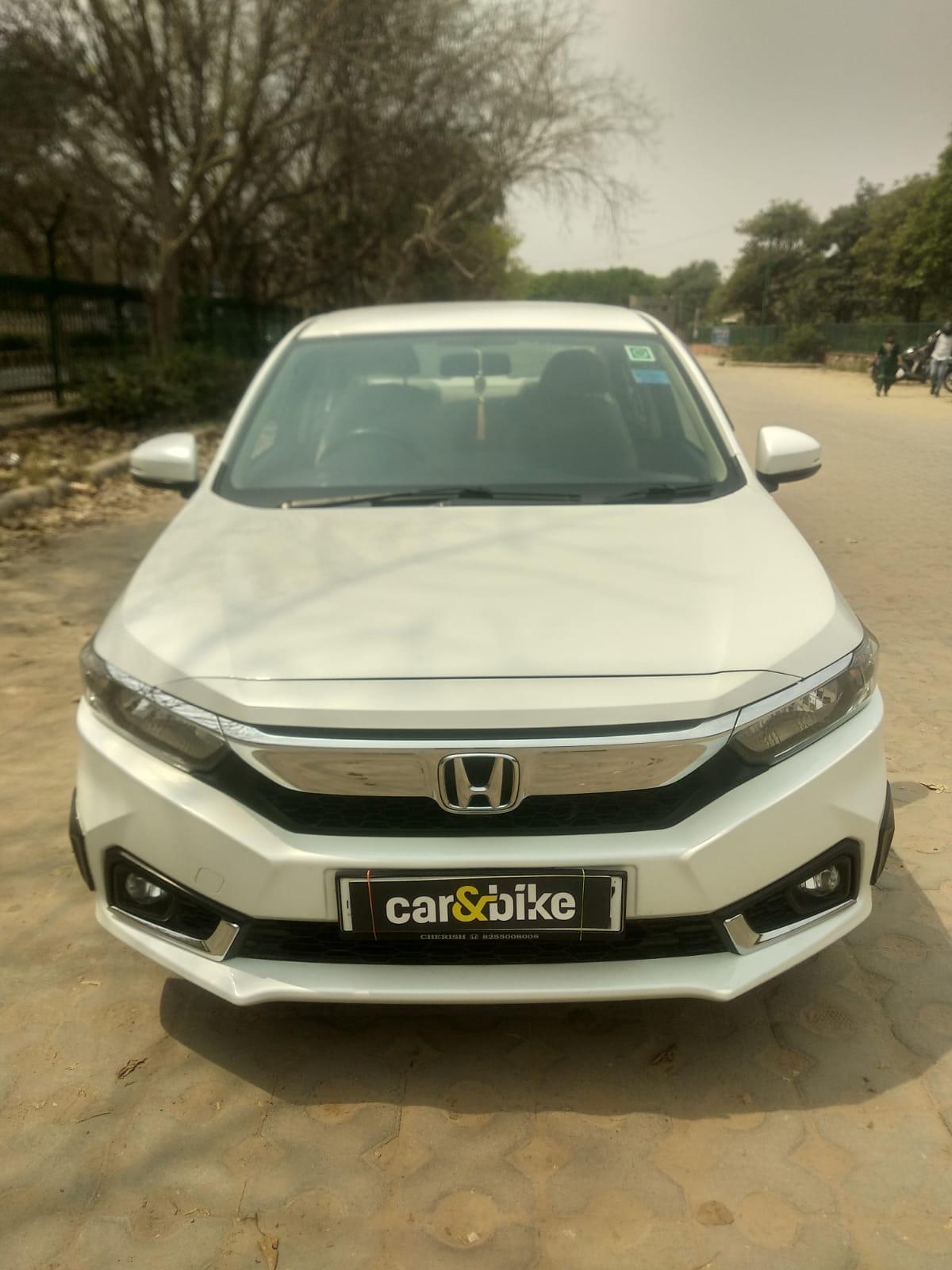
- 19,798 km
- Petrol
- Manual

- 30,000 km
- Diesel
- Manual
Upcoming Cars
Upcoming Bikes



